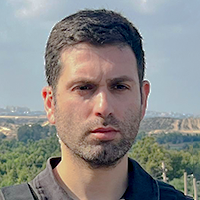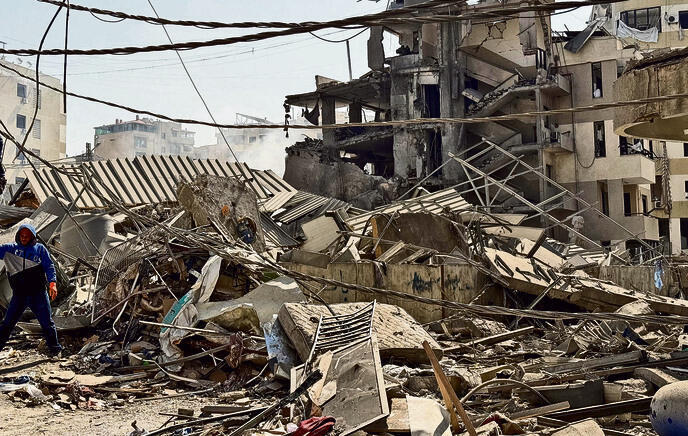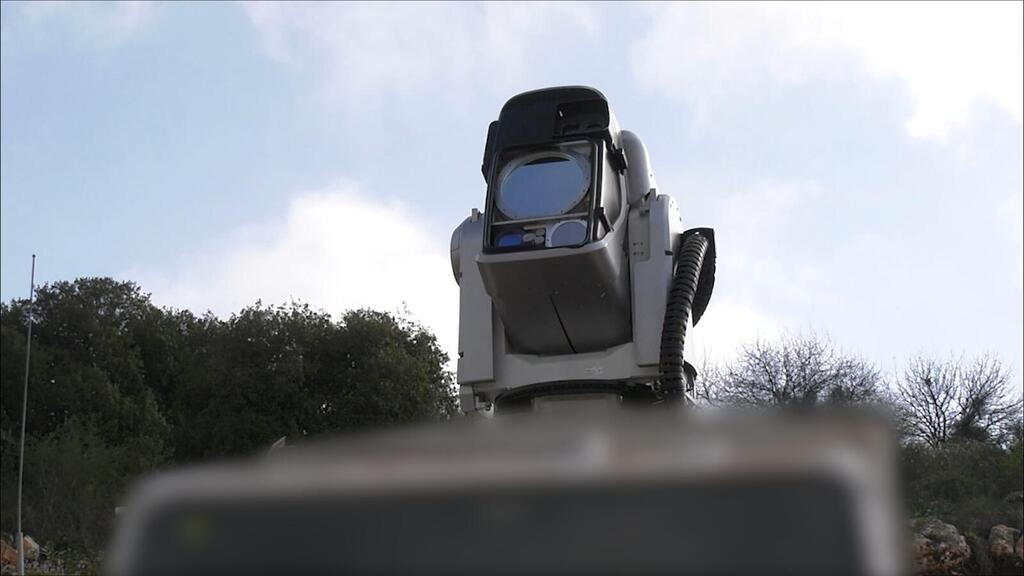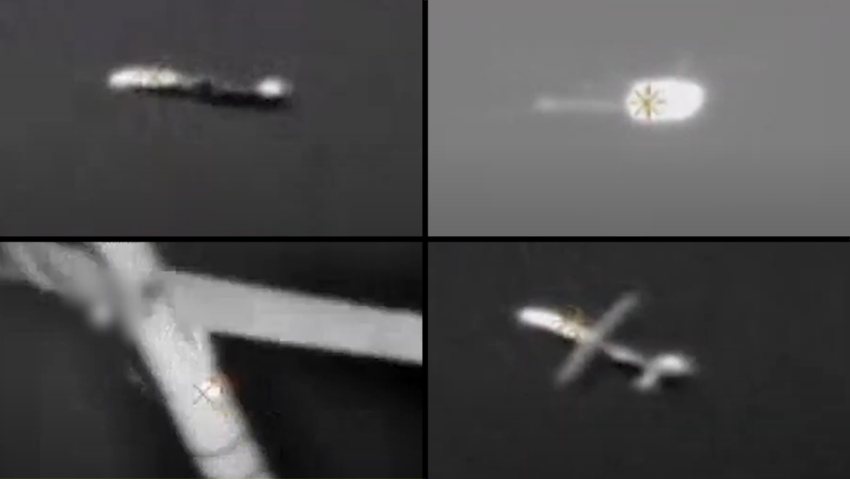Inspired by the Ukraine-Russia war and facing disruptions to Iranian supply chains, Hezbollah has ramped up its domestic production of drones—an easier and cheaper alternative to rockets and missiles.
In response, the IDF carried out a targeted airstrike Thursday on five Hezbollah drone manufacturing sites in Beirut's Dahieh district and in Ain Qana in southern Lebanon. The operation, months in the making, was approved despite internal debate among Israeli leadership.
IDF strike in Lebanon on Thursday
IDF had been monitoring the sites for some time before Arabic-language military spokesperson Lt. Col. Avichay Adraee issued a public evacuation warning to civilians in the targeted buildings. Initial assessments indicate that the strikes successfully hit their intended targets, destroying hundreds of drones.
According to IDF intelligence, Hezbollah has shifted its rehabilitation budget in 2025 toward developing explosive-laden UAVs and attack or reconnaissance drones, investing less in precision missiles and rockets. Israeli Air Force commander Maj. Gen. Tomer Bar has held frequent operational meetings to tighten pressure on Hezbollah’s drone unit and prevent its resurgence.
Drone assembly is simpler, faster and cheaper than missile production and often uses civilian parts ordered online. Drones are harder for Israeli air defense systems to immediately detect and classify, can be launched from hidden locations like ravines and fly in unpredictable paths. Hezbollah has drawn tactical inspiration from the effectiveness of drones in Ukraine.
Get the Ynetnews app on your smartphone: Google Play: https://bit.ly/4eJ37pE | Apple App Store: https://bit.ly/3ZL7iNv
Despite Israeli advances in detection and interception—including a new laser defense system that has already downed about 40 Hezbollah drones—the IDF has yet to face a mass swarm attack combining drones with a barrage of rockets, especially from nearby southern Lebanon. That’s why Israel continues to prioritize preemptive strikes.
Damages to the Dahieh district following IDF strike
Maj. A., the Air Force officer overseeing efforts against Hezbollah’s covert UAV Unit 127, said the Thursday strike was a continuation of last year's interception operation, during which Israel reportedly destroyed 70% of Hezbollah’s drone arsenal and killed senior figures in the unit. “We precisely hit underground workshops and storage sites without collapsing nearby buildings,” he said. “We’ll strike again when more sites are identified.”
According to Maj. A., Hezbollah is aiming for greater self-sufficiency and less reliance on Iran. Following the IDF’s warning Thursday, Lebanese army soldiers entered the targeted buildings in Dahieh, then quickly exited—likely verifying drone production on-site before Israel launched precision strikes.
The episode highlights the role of the U.S.-Lebanese-backed ceasefire oversight mechanism in southern Lebanon. Military sources say it’s possible that the Lebanese army was sent in to confirm the presence of Hezbollah drone workshops producing thousands of units annually. “We expected this,” said Major A. “Even the Shiite community understands Hezbollah is a danger to Lebanon.”








